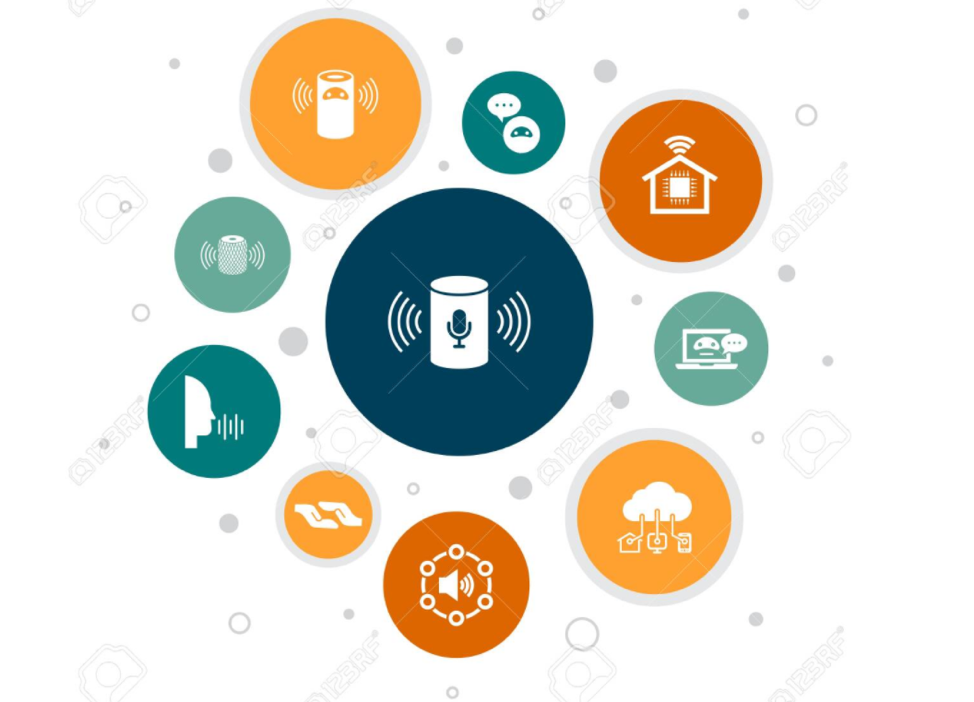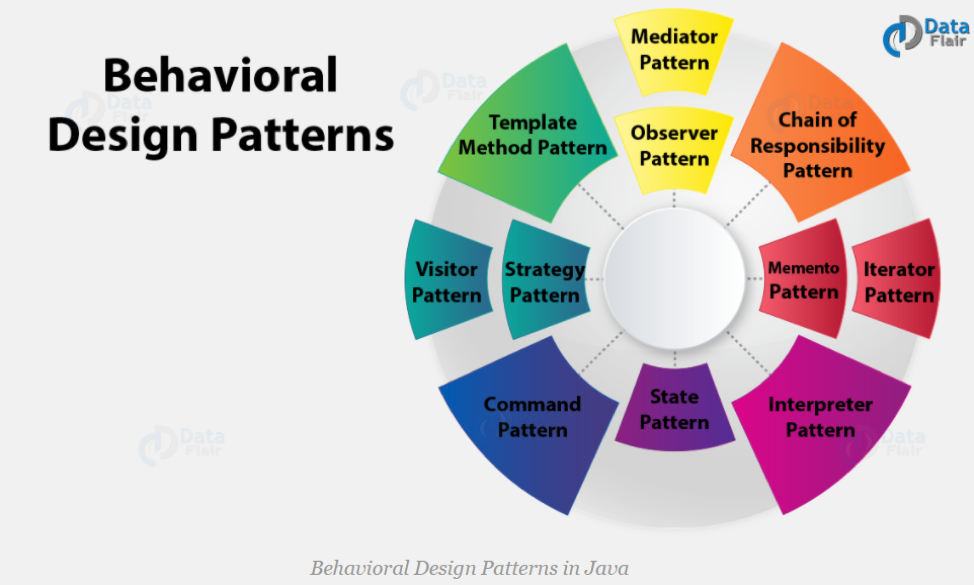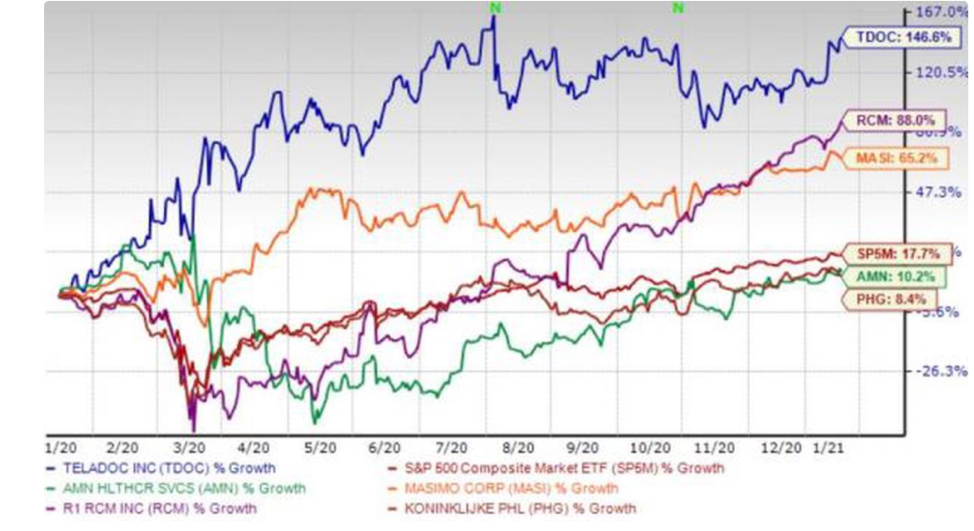The year 2020 witnessed a pandemic crisis that disrupted the global economies and business models in unimaginable ways. To term the year as a rollercoaster ride would be an understatement – the pandemonium adversely impacted not only the health sector but also the social and political realms. On the upside, it accelerated the adoption of digital transformation, innovation, and experience optimization technologies.
Consequently, the field of user experience (UX) has also been revolutionized. The user experience (UX) is what the user experiences when using a particular product and a UX designer’s job is to create a product that provides the best possible user experience. The user experience is how a user interacts with a product, system, or service, and includes a person’s perception of the utility, ease of use, and efficiency.
Let’s check out the top 10 UX trends for the year 2021:
1. Voice UI will be an integral part of UX
VUI is becoming an omnipresent technology as voice commands have become ingrained into our daily routines.
According to a report by Oberlo, more than a quarter of the global online population is using the voice feature on their mobile devices.
Voice Assistant Infographic 10 steps bubble design: Smart home, voice user interface, smart speaker, IOT icons.
Voice UI (VUI) is a trend that is gaining precedence with the help of prominent brands such as Apple, Google, and Amazon.
Here are some examples of VUI technologies such as to dim your lights you just have to say: “OK Google, dim the lights”; or to quickly order an Uber, call out: “Alexa, ask Uber for a ride.”
VUI is going mainstream and more organizations can expect organizations to implement it as a part of their UX process. Therefore, marketers will be looking for tools, skills, and design for immersive voice experiences.
Since VUI is new and challenging, one can follow up when designing an app or a skill. CareerFoundry has created a simple VUI framework by adapting methods from popular design thinking processes. We can expect more tools and techniques for designing emerging voice experiences to emerge.
2. UX microcopy to Shape Product UI
The absence of a good microcopy results in an inconsistent tone of voice. Without a human language, brands are unable to build strong and lasting relationships with customers.
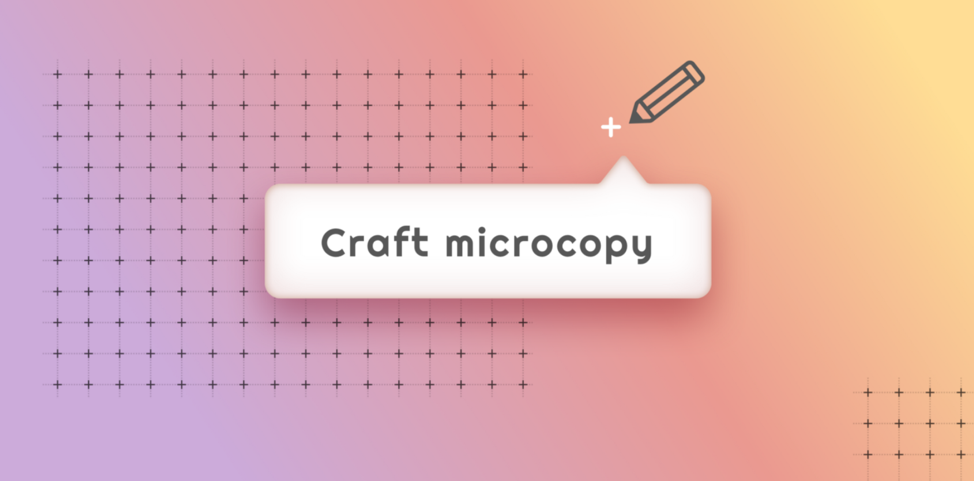
UX Microcopy Design — Writing For Enhanced User Engagement
The year 2021 will witness the rise of UX copywriter who is skilled with the style of communication that resonates with the understanding of people. Their tone of voice needs to be consistent, engaging, personal, and trustworthy.
Producing exceptional UX microcopy adds human orientation to virtual assistants and provides context to the queries of the users. Introducing a human-centered language offers several advantages such as providing a magic touch to the brand voice and keeping the feedback simple. Some examples of brands where UX copywriters have done exceptionally good tasks include Marshmallow, Gousto, and Airbnb.
3. Behavioral Design Revolution
The key to increasing product engagement and retention is understanding what makes customers react. In a highly competitive and oversaturated marketplace keeping your customers engaged with your products or services requires a better understanding of their intrinsic needs.
(Image Source: Data Flair)
Behavioral Design is a set of techniques for persuasion that can be expected to generate greater demand in the year 2021 to draw customers’ attention, reinforce social circles, improve health, entertain & inspire the mindset to motivation, encourage self-fulfillment, and keeping people aligned on the path for better future.
Apple’s Smartwatch handwashing detection feature is a perfect example of scientifically validated techniques for encouraging behavior change. Such devices help organizations determine new design strategies for improving the customer lifetime value for their products or even encourage people to adopt new behaviors.
4. 3D to be the UI rockstar
3D UI will be a rockstar in the year 2021. Designers would be able to think outside the traditional X and Y axes for creating concepts. Adobe XD will influence the upcoming 3D design elements. It introduced a new feature called 3D Transforms which can add a whole new perspective to upcoming designs. And they have described it as follows:
“A 3D Transform allows an object to be manipulated within three-dimensional space, creating tilts and rotations as well as changing the depth of an object on the canvas.”
The UI of Future: 3D User Interfaces The use of 3D UI can also open doors for designing AR or VR experiences.
5. Virtual Reality Is Proliferating Fast
Virtual Reality (VR) as a futuristic technology is all set to take over after a bit of initial struggle due to hefty price tags associated with headsets such as Facebook’s Oculus Rift, HTC Vive, and PS VR.
According to Statista, global revenue within the VR gaming industry is forecasted to grow from $0.4 billion in 2017 to $2.4 billion by the year 2024.
VR, as a trend is gaining precedence owing to the success of recent game releases such as Half-Life Alyx emerging developers who can build for dynamic and creative mixed reality solutions; plus an increase in demand from non-gaming markets including health, exhibitions, and recreational arts.
The different types of virtual reality may be broken into the following types shown in the image:
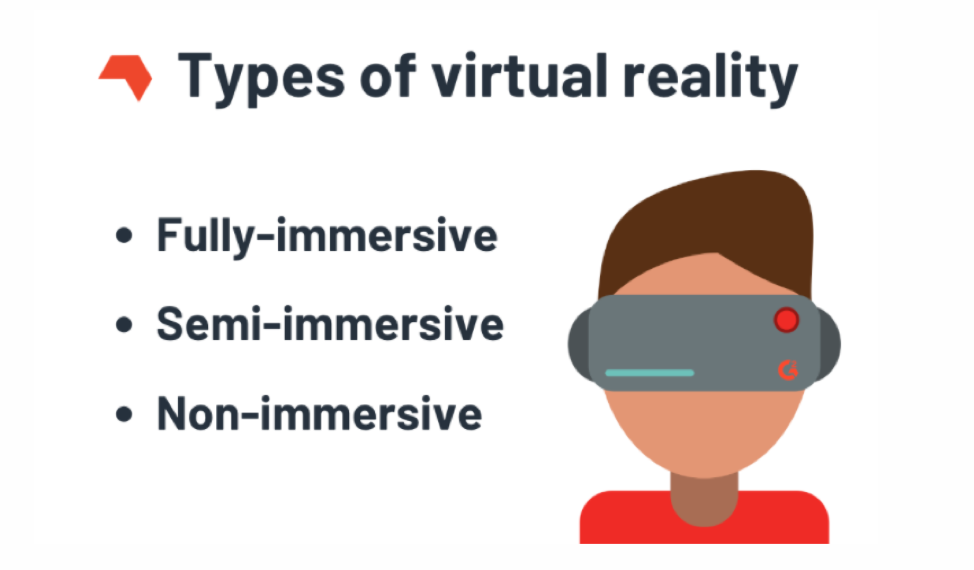
VR usage is also gaining popularity in the field of digital health to improve the treatment of chronic pain, anxiety, and post-traumatic stress disorder. The entertainment industry, theatres, and museums are also embracing the tech to keep their doors open to the public.
6. AR Products Will Surge Up
Along with VR yet another “futuristic” technology gaining popularity and omnipresence is Augmented Reality (AR).
According to a report by prnewswire.com, the global market for AR products can surge up to 85% to $165 billion in the next 4 years.
Another report by Industry Week reveals that the tech giant Apple is working on several AR products including digital glasses to connect wirelessly to an iPhone and beam content, such as movies, maps to the wearer, and more similar devices.
Apple’s ARKit, AR view helps customers make better shopping decisions by allowing them to visualize the aesthetic and fit of products in their own living space.
If that isn’t cool enough, one would be surprised to learn that companies like Apple are rebuilding and restructuring AR products that are more accessible to everyday users.
Designing for immersive AR interfaces graphical overlays is now becoming a reality with the design applications such as Google ARCore, Adobe Aero, and XD (now with 3D transformations) facilitating immersive augmented experiences.
7. Digital Health Has Gained Precedence
The pandemic has presented new digital opportunities including wearables, telemedicine, and artificial intelligence which will continue to trend in 2021. Users are more careful to take charge of their health and make lifestyle changes and hence modern wearables providing instant data visualizations on steps, sleep, heart, or blood pressure are gaining precedence.
According to research by businesswire.com, the healthcare artificial intelligence software, hardware, and services market is predicted to surpass $34 billion worldwide by the year 2025.
Digital Health including telehealth and robotic-assisted surgery witnessed an unprecedented surge in demand in 2020 and will continue to surge in 2021 and beyond
The practice of doctors consulting patients virtually called telemedicine has increased significantly during the pandemic as people try to diminish their physical encounters.
Also, artificial intelligence has gained popularity in the healthcare sector. Precision medicine, genomics, drug discovery, medical imaging all are being empowered by AI.
Take the field of oncology into consideration for instance. Doctors can prescribe personalized treatment plans tailored to patient’s genetic makeup and lifestyle.
8. The Ethical Dilemma around the Personal Data Protection Must Be Resolved
Personal data is becoming more valuable than ever before. In a multi-billion industry technology platforms are harvesting new ways to keep users clicking, scrolling, and sharing and invest billions of dollars in the process, reveals humanetech.com.
Marketers need to learn to adapt to an ethical design culture to create more ‘humane’ products that meet the users’ needs. The focus should be on optimizing the users’ experiences without asking too much of their personal information.
9. Business savviness will become the key differentiator
Speaking the business language will become the key game changer and dealbreaker for most marketers. After being challenged by COVID-19, the way to profitability is a long one and will depend on how marketers speak the business language. Also, the designers will need to explore new resources and embrace innovations & must not just link design outcomes to companies’ larger goals but should also effectively communicate the same.
10. Virtual Meetings Will Become More Common Than Ever
From a design perspective, the virtual meetings will continue to flourish more keeping the current pandemic situation in mind. More opportunities in this area need to be explored.
Wonder has already broken out of the conventional boring video chat interface and provides an interesting UX/ interaction case pretty much like MVP.
Wrapping Up
2020 was a year of exciting products, innovation, and immersive experiences. 2021 will be continued upliftment in wearable and telemedicine adoption as people become more aware of the lifestyle and well-being benefits.
The above-listed futuristic technologies will gain more attention and will even go mainstream.
The tools and skills to anticipate the new design processes in AR & VUI will help designers innovate and transcend the conventional screen-based experience. UX copywriting plays an even bigger role in shaping product UI.
Designing should be from a perspective of designing for people. For this, the behavioral design contains a spectrum of cognitive sciences that provide designers and researchers with diverse perspectives to come up with user-friendly designs. All the persuasive technologies should essentially be ethical in nature. At the forefront of great design needs to be the mental health of people and proper consideration of their requirements.
Hope the above tips help you design optimized users’ experiences in the year 2021.

